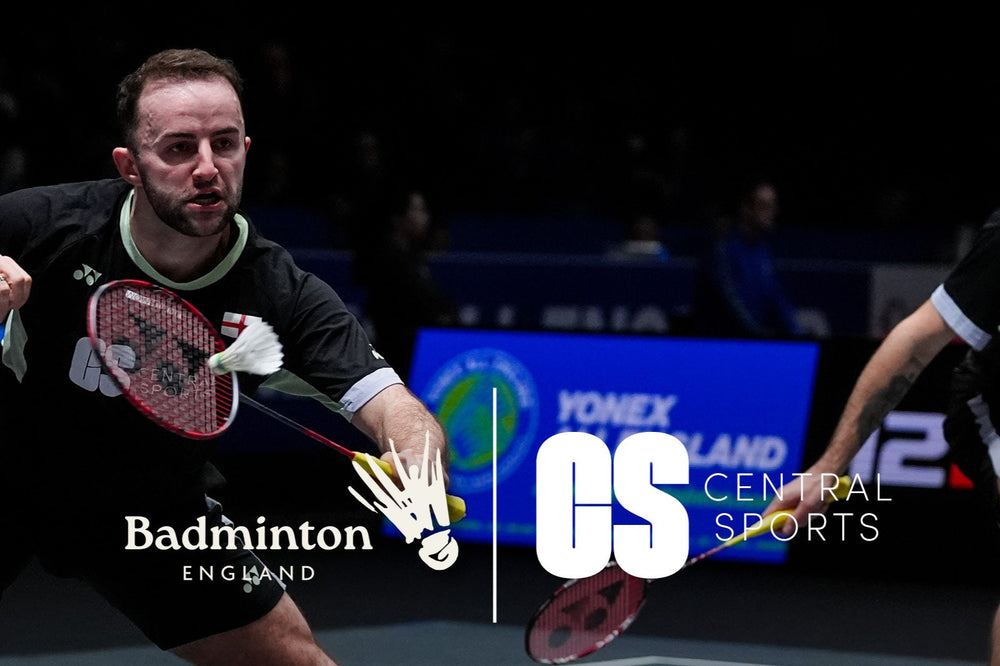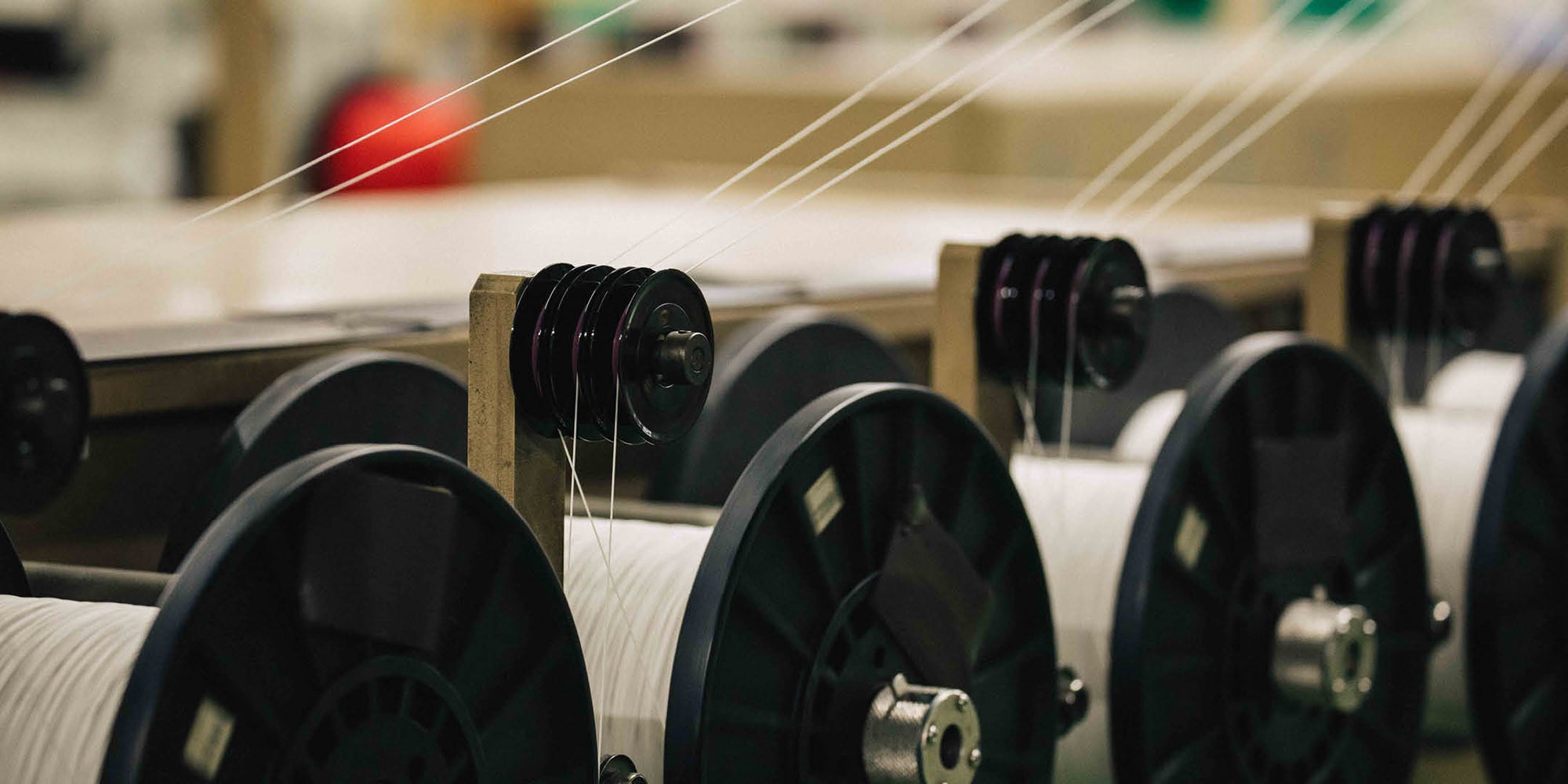Which badminton racket?
It’s the first question we all ask, especially if you’re looking for a beginner’s racket, but a lot depends on what type of badminton player you are, or what shots you prefer to play.
The main differences between rackets are based around: the balance of the badminton racket; the shaft flexibility of the badminton racket; the overall weight of the badminton racket; and the string tension of the badminton racket.
Balance
Head-heavy rackets help generate power on overhead shots, so smashing and clearing is easier with more head weight. The downside is that the extra weight in the head can make the racket more cumbersome around the net or when defending.
A head-light racket – will be more maneuverable, quicker for reaction shots and around the net. Also easier to defend with, but at the expense of power.
An evenly balance racket – is a mixture of the two. Singles players tend to go with head-heavy rackets for power. Doubles players vary, as this comes down to personal preference.
Shaft flex
Flex – how much a badminton racket’s shaft can, essentially, bend – varies from flexible to stiff/extra stiff. A flexible badminton racket allows more movement in the head to generate power. Flexible shaft badminton rackets – are also easier to play with and more forgiving, so ideal for the beginner.
Medium flex badminton rackets – allow a bit of movement with some accuracy. A decent middle of the road option.
Stiff shaft badminton rackets – are more accurate for shuttle placement. They can be harder to generate power. You need good technique/quick arm speed to generate power from a stiff/extra stiff shaft racket. Most elite players use stiff shaft badminton rackets.
Weight
The overall weight of badminton rackets can vary from 65 grams to 95 grams. Which you choose can come down to personal preference.
Generally, lighter rackets – require better technique to generate power. It is not always beneficial to go with the lightest racket. Average weighted rackets are 85-90g. The difference between Yonex 3U and 4U rackets is around 3-4g.
Most elite players will play with a racket no lighter than 80g.
Badminton racket string and tension
String tension can alter the way a racket plays by a fair margin. The higher the string tension, the smaller the sweet spot on the string bed, the more accurate you have to be with your hitting. The benefits of a higher string tension, is better accuracy and shuttle placement, so better shuttle control and hitting sound.
Lower tensions can use the trampoline effect to help generate power. They are more forgiving with a larger sweet spot, so ideal for beginners. You can hit off-centre and the shuttle will still go roughly where you want it to. This is, however, less accurate for more precise shuttle control. Having lower tension also means there's less chance of your frame breaking.
General suggestion for string tensions according to the standard of player
Social player: 20-24lb
Club player: 22-25lb
League player: 23-26lb
County player: 24-28lb
Elite player: 28lb+



